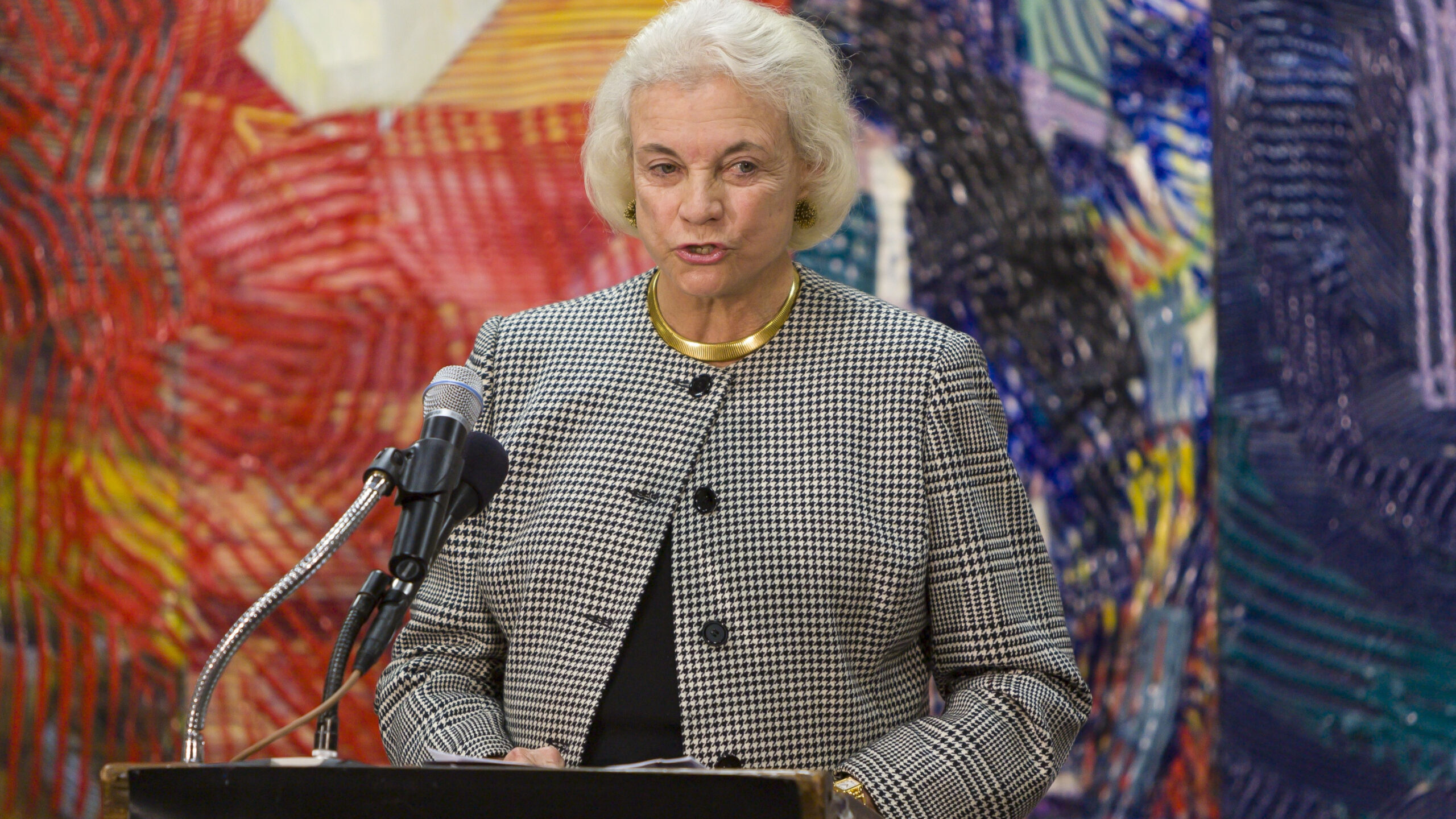Why Balanced Copyright Is Essential For Creativity
Today, Maria Pallante, the Register of Copyrights, will testify in the House Judiciary Committee’s twentieth (and perhaps final) hearing in its ongoing copyright review. In her written statement, the Register correctly recognizes that “the ultimate beneficiary of copyright law is the public at large” and that “a sound copyright law will balance the application of exclusive rights with the availability of necessary and reasonable exceptions.” But the testimony treats balance only as benefiting end users, when balance actually is critical to creativity itself.
At the beginning of her testimony, the Register identifies general themes that have emerged from the Committee’s review process. She notes that “it is essential that authors are incentivized to contribute to our culture and society at large….” They must be compensated for the works “we so appreciate and enthusiastically monetize as a nation.” She further observes that copyright law must “promote the many businesses that identify, license, and disseminate creative works.” The law must provide “the certainty they need to protect and enforce their investments.”
At the same time, the Register acknowledges the interests of “individuals who are captivated by a book or film” and “libraries that collect and provide access to our cultural heritage….” It is in this context that the Register mentions the importance of balance and “the ongoing availability of a flexible fair use defense.”
This is an important acknowledgment, but a reading of the Register’s testimony leaves the impression that exclusive rights benefit creators (and derivatively users who benefit from these creations), while exceptions benefit only users (and presumably the entities that provide them with services). Authors get copyrights; users get exceptions. However, copyright’s exceptions and limitations have always played an essential role in providing authors with the raw material for their creative activity. The idea/expression dichotomy allows authors to use themes and genres employed by previous authors. Copyright term enables creators to retell stories from existing sources such as the Bible, Shakespeare’s plays, and folk tales. Indeed, many of Disney’s films, including Frozen, are based on works in the public domain. Fair use is essential for parody (e.g., The Daily Show), documentary films, and news reporting.
Indeed, much of the most important copyright litigation has not involved creators suing users or tech companies, but copyright owners suing other creators over the scope of exceptions and limitations. Just considering Supreme Court cases, Harper & Row v. The Nation concerned a book publisher suing a magazine publisher over whether fair use permitted a 300-word quotation from President Gerald Ford’s memoirs. The 2 Live Crew case, Campbell v. Acuff-Rose, involved a rap parody of Roy Orbison’s Pretty Woman. In Fogerty v. Fantasy, singer-songwriter John Fogarty was sued by a music publisher claiming that song Fogerty had written (The Old Man Down the Road) infringed the copyright in an earlier song Fogerty had written (Run Through the Jungle), which the publisher owned. Tasini v. The New York Times involved freelance writers suing publishers for distributing their articles online without paying additional royalties. In Google v. Oracle America, now pending in the Supreme Court, Oracle sued Google for incorporating elements of the Java Application Program Interface (API) in the Android API. Many aspects of the Google v. Oracle America case echo an earlier Supreme Court case, Lotus v. Borland. In all these cases, the underlying issue was whether copyright exceptions and limitations permitted the defendant’s creative activity. (See here, here, here, and here for other recent cases where creators have employed fair use as a defense to infringement claims.)
Just as authors rely on exceptions, users are increasingly authors themselves. The Internet has amplified the importance of copyright exceptions for creativity. Internet platforms allow every user to be an author. Thus, more people than ever before rely upon the idea/expression dichotomy, copyright term, fair use, and other exceptions and limitations in the Copyright Act. And as I’ve pointed out previously, fair use-based user generated content can lead to monetized works such as Fifty Shades of Grey.
In the polarizing policy debates in Washington, it is easy to categorize copyright exceptions and limitations as priorities only for users, and to overlook their importance to creativity. For this reason, the formation of Re:Create is a welcome development. This new coalition will ensure that the centrality of exceptions to creative activity is not overlooked in the copyright review process going forward.
Also welcome is the Copyright Office’s release of a fair use index, designed to provide the public with searchable summaries of major fair use decisions. In the press release announcing the index, Danny Marti, the new U.S. Intellectual Property Enforcement Coordinator, recognized the importance of fair use to creativity, stating that “it is the combination of a strong copyright system with a right of fair use that encourages creativity, promotes innovation and respects our freedom of speech and expression.”








